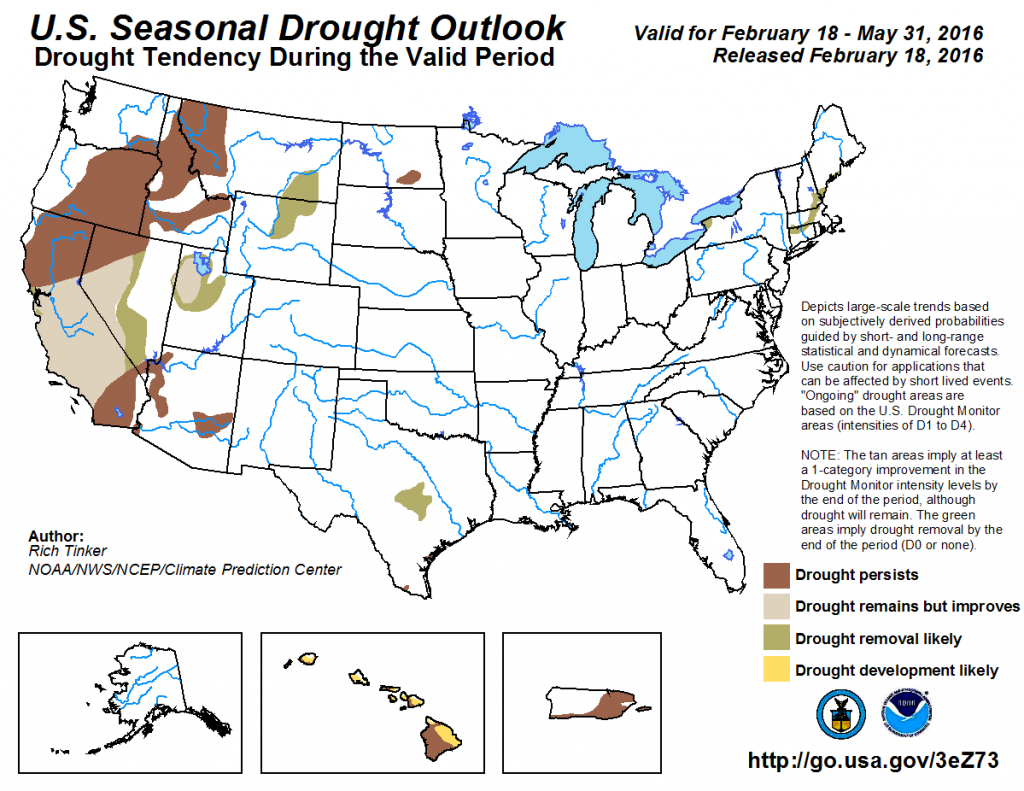In my endless puzzling over the meanings we attach to the word “drought”, there is this, from yesterday’s Climate Prediction Center seasonal drought outlook:
What does it mean to talk about “drought” in places like Yuma or the Imperial Valley that average less than 4 inches (10 cm) of rain a year, and that get all their human-meaningful water from someplace else?


I’d like to see some answers.
It has ramifications on such things as our range lands. As with the ’22 Compact, the BLM calculated the carrying capacities of range lands base on the Wet Years. Historic record the skewed data favoring far greater carrying capacities than our lands are capable of supporting. Hence we have overgrazing leading to dust on snow, and, less water.
Greg –
That applies in some places, but not these – no one’s grazing the rangelands in Yuma or Imperial counties. The only cattle around there are in feedlots, getting their hay from land irrigated with water imported from someplace else.
There are several ways to measure and define drought. In my master’s thesis I used the SPEI because it was better suited to areas with high evaporative demand.